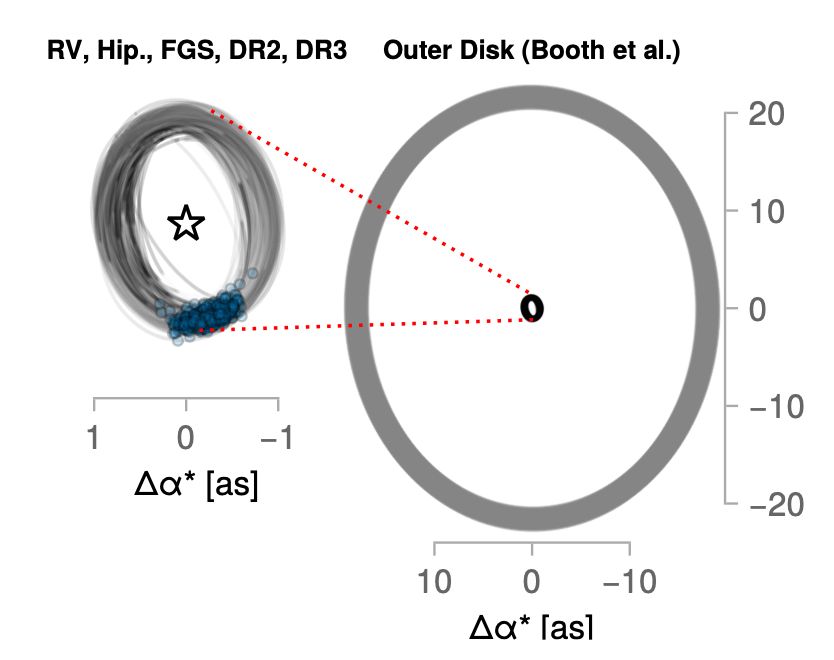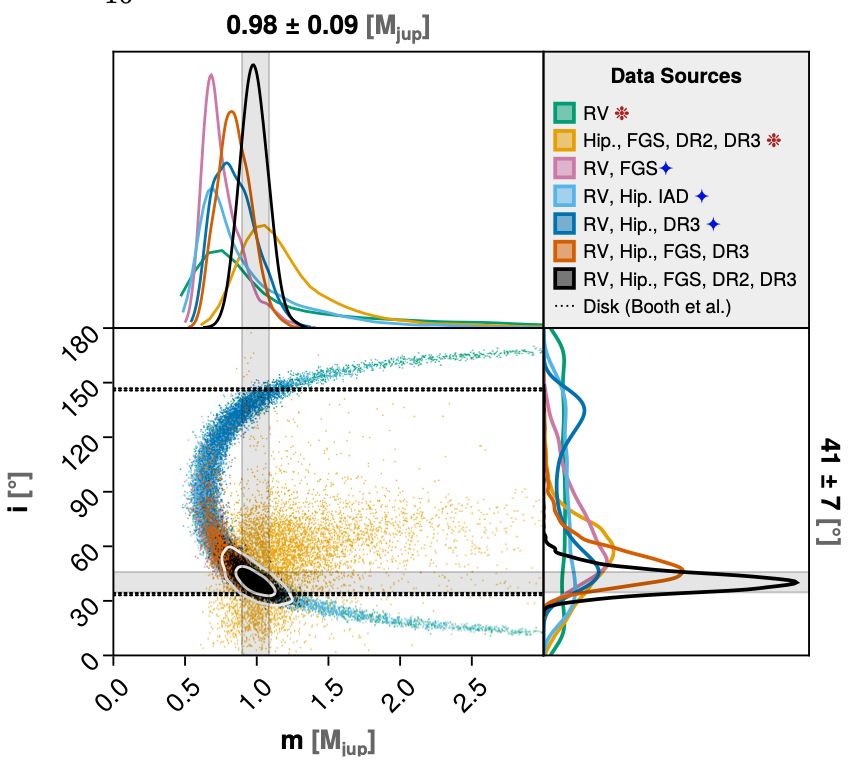shashankdholakia.github.io
This is just a submitted preprint at the moment--comments and questions welcome! (1/N)
arxiv.org/abs/2509.25433
4/4 ⚛️🔭🧪

1/? ⚛️🔭🧪
science.nasa.gov/missions/web...

1/? ⚛️🔭🧪
science.nasa.gov/missions/web...
🔭 #astronomy #astrophotography
🔭 #astronomy #astrophotography

Congratulations to everyone on what looks like an unusually large haul of projects for astronomy.
❗️Outcomes announced publicly for Discovery Projects 2026❗️
See ARC's RMS for list ➡️ rms.arc.gov.au/RMS/Report/D...
/bot
Congratulations to everyone on what looks like an unusually large haul of projects for astronomy.
astrobites.org/2025/10/21/a...

Canon R5, RF100mm f2.8
19 images, ISO 800, 30s f3.2
🔭 #astronomy #comet

Canon R5, RF100mm f2.8
19 images, ISO 800, 30s f3.2
🔭 #astronomy #comet
Video is set to loop forwards, then in reverse
🔭
Video is set to loop forwards, then in reverse
🔭


We've built a data-driven calibration of the James Webb Interferometer to near its fundamental limits for high-res imaging - explainer at @aunz.theconversation.com!

We've built a data-driven calibration of the James Webb Interferometer to near its fundamental limits for high-res imaging - explainer at @aunz.theconversation.com!
There's a huge BUT coming ...🧵
www.theguardian.com/society/2025...

There's a huge BUT coming ...🧵
www.theguardian.com/society/2025...
arxiv.org/abs/2510.02255

arxiv.org/abs/2510.02255
🔭 #astrophotography #saturn

🔭 #astrophotography #saturn
Also a good visual demo of how astronomers measure exoplanet atmospheres!
🔭🧪 #astrophotography

Also a good visual demo of how astronomers measure exoplanet atmospheres!
🔭🧪 #astrophotography
journals.plos.org/plosone/arti...

journals.plos.org/plosone/arti...
I am a reader, a librarian because LeVar Burton and Reading Rainbow made us believe and see we belong in books, we belong everywhere ✨
youtu.be/e7es7qdWVnU


I am a reader, a librarian because LeVar Burton and Reading Rainbow made us believe and see we belong in books, we belong everywhere ✨
youtu.be/e7es7qdWVnU
Earth and Earth-like Planets is officially out for publication! 🧡 All pre-orders will be shipped as soon as possible.📦 If you haven't ordered your copy yet, you can purchase one here: www.abodepress.com/product-page...

Earth and Earth-like Planets is officially out for publication! 🧡 All pre-orders will be shipped as soon as possible.📦 If you haven't ordered your copy yet, you can purchase one here: www.abodepress.com/product-page...
... and Shashank is on the postdoc market now, so if you're working on stars and planets, Jax, imaging science and applied maths...
... and Shashank is on the postdoc market now, so if you're working on stars and planets, Jax, imaging science and applied maths...
This is just a submitted preprint at the moment--comments and questions welcome! (1/N)
arxiv.org/abs/2509.25433
This is just a submitted preprint at the moment--comments and questions welcome! (1/N)
arxiv.org/abs/2509.25433
This is just a submitted preprint at the moment--comments and questions welcome! (1/N)
arxiv.org/abs/2509.25433

I should emphasize this manuscript is a submitted draft—comments from the community are very welcome.
Bottom line: ε Eri b is likely a 1.0 Jupiter-mass planet, only 3.2pc away, on a 3.55 AU near-circular orbit, ~aligned with its debris disk. 🔭🪐🧪 [1/7]


I should emphasize this manuscript is a submitted draft—comments from the community are very welcome.
Bottom line: ε Eri b is likely a 1.0 Jupiter-mass planet, only 3.2pc away, on a 3.55 AU near-circular orbit, ~aligned with its debris disk. 🔭🪐🧪 [1/7]


